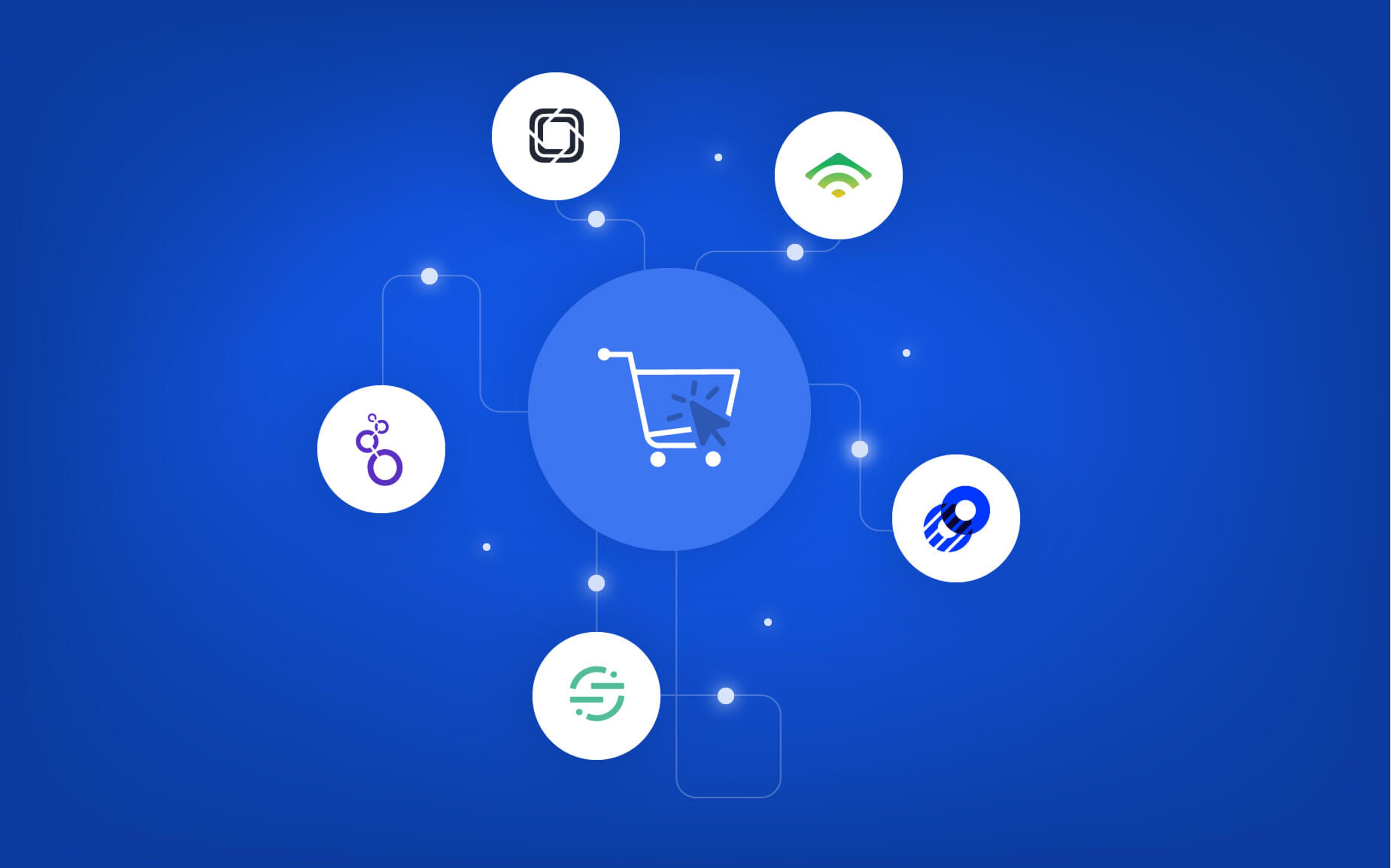One of the most important decisions you will make when launching your digital brand is which eCommerce platform you build your store with. Typically, there are three categories to choose from:
-
SaaS platforms are online software solutions that handle all the complexity of building and running a store. In exchange for a recurring license fee, these tools provide a storefront your customers can access as well as a backend to to manage your store. They are by far the quickest and easiest solution to get started. Popular examples in this category are Shopify and BigCommerce.
-
Open-source platforms are ready-made software packages that provide similar functionality to what you could get with a SaaS platform. Because they are open-source, these platforms can be customized, although many of them are not built for that. Furthermore, you have to host them in your own infrastructure. Popular examples are WooCommerce and Prestashop.
-
Open-source frameworks are software solutions that provide the basic functionality you need to build your store. They vary in functionality and underlying technology, but most of them are built to create extremely custom experiences and provide a very high degree of flexibility, at the cost of a steeper learning curve and a larger upfront investment. Popular examples are Solidus and Saleor. The main difference between SaaS platforms and open-source platforms is the pricing model: SaaS platforms require paying a recurring license fees, while most open-source platforms are free. In terms of functionality, however, they are pretty similar, so we will instead focus on the differences between SaaS platforms and open-source frameworks.
Cost of ownership
SaaS platforms have two main pricing models: you either pay a fixed fee every month/year, or a percentage of your store’s sales volume. This results in a pricing model that scales with your store, but it also means you are paying money just to keep your store online instead of investing in its continuous evolution.
Most open-source frameworks, on the other hand, are entirely free to use, but you need to hire a development team that will build, launch and maintain your store. While this model requires a larger upfront investment, it’s also a better fit for those entrepreneurs who are serious about investing in the technology that powers their business.
If you can afford a larger upfront investment and you expect your brand to scale seriously, going with an open-source framework will reduce your total cost of ownership while creating more opportunities than you could get with an off-the-shelf solution.
Customization possibilities
SaaS platforms offer a great starting experience with no customization work needed. This is really helpful for people who are just getting their feet wet in the eCommerce industry: if you don’t know how to create a good UX and just want to start selling, a SaaS solution will help you. This kind of simplicity doesn’t come for free, though: SaaS platforms are not always easy to customize, and in certain cases you are stuck with the default experience they provide.
Going with an open-source framework means you’ll have to figure out more stuff by yourself, but it also affords you the flexibility to customize each and every aspect of your store however you see fit, allowing you to truly innovate the buying experience rather than being one more droplet in a sea of digital brands.
The most prominent online brands became memorable not just because of their products, but because of the experience they created around all brand interactions. If eCommerce is an important channel for you, you need to start seeing yourself as an experience company, and treat technology as a first-class citizen.
Data ownership
SaaS platforms, unfortunately, act by their very nature as middlemen between you and your customers. Because you are not hosting your infrastructure when you adopt a SaaS solution, you lose direct access to a lot of potentially useful information. These platforms try to make up for the lack of data ownership by providing out-of-the-box reporting tools, but they often fall short of brand expectations.
With an open-source framework, you will always have complete access to all the data generated by your store. This data can be used in any way you see fit: you can either customize your platform to generate advanced reports internally, or connect an external business intelligence tool that will help you take full advantage of all the information at your disposal.
Being a digital brands allows you to use data to your advantage: by accessing information that is not always available to traditional brick-and-mortar retailers, you can make smarter decisions, which reduces your costs and helps you stay competitive. The paradox here is that data ownership is even more important for smaller brands, which don’t have access to economies of scale and can afford fewer mistakes.
Time to market
Because most SaaS solutions provide all the tools you need to start an online business out of the box, it will always be quicker to get your brand started with a SaaS platform than with an open-source framework, at least for a basic store. If you’re in a hurry to get started and cannot afford to wait, you should definitely look into SaaS.
With that said, one aspect to keep in consideration is the velocity of your team when evolving your store in response to market conditions. In the hands of a skilled engineering team, an eCommerce framework will be not only quicker to adapt, but because it’s built to be customized, it will also allow you to make optimizations that stand the test of time. SaaS platforms, on the other hand, often require ugly hacks that cost you more time in ongoing maintenance than for their initial development.
For most brands, time to market for the initial launch is not a relevant factor. On the other hand, time to market in capitalizing new opportunities and evolving your eCommerce experience can make or break a digital brand.
So… which one is it?
As you have seen, there are different factors to take into consideration when choosing the best eCommerce platform for your needs. Most of them boil down to two key aspects: experience and vision.
If you are only getting started in eCommerce, or think of your brand mainly as a product company, you should probably consider SaaS options. They will make selling online a no-brainer, at the cost of technical limitations and a higher total cost of ownership.
If you are an eCommerce veteran, or consider customer experience to be paramount in building your brand, you should instead going with an open-source framework, making a larger upfront investment in order to have a flexible platform that will allow you to deliver a completely custom experience.


